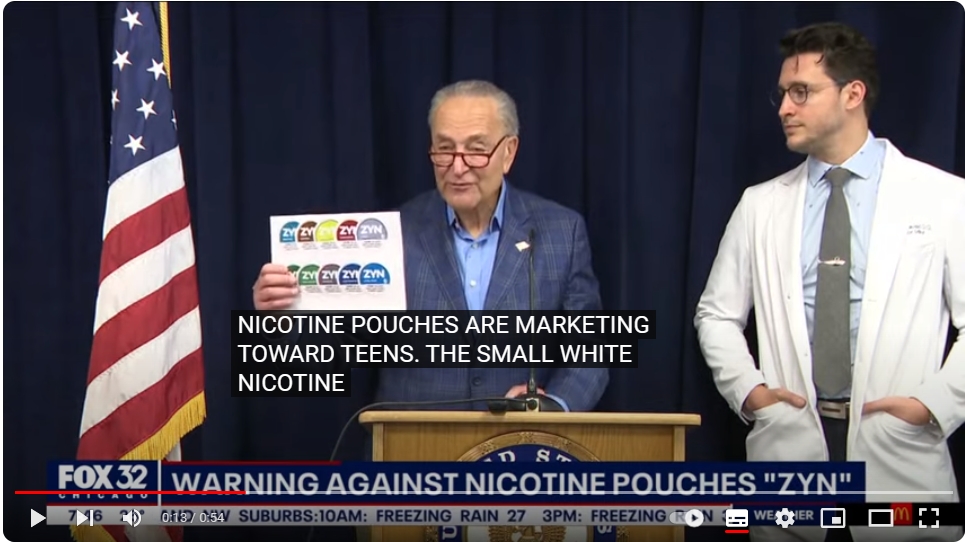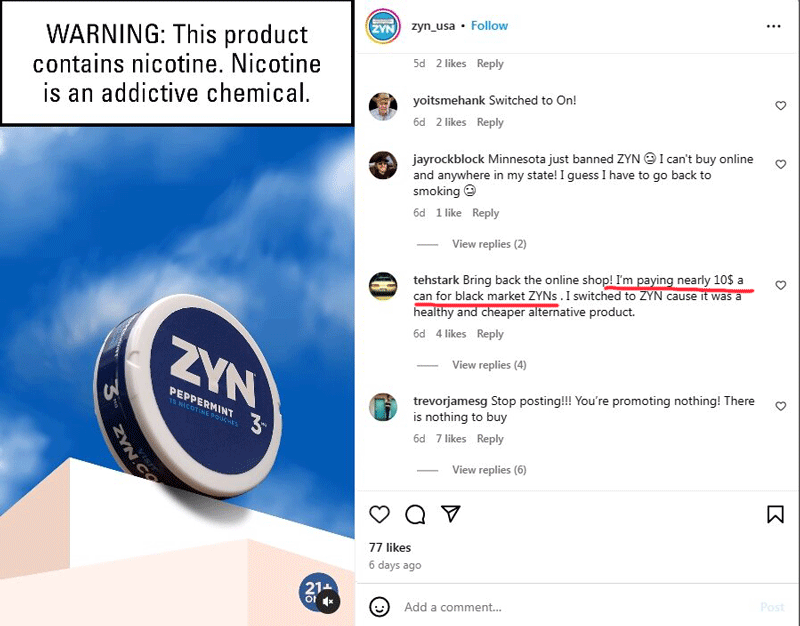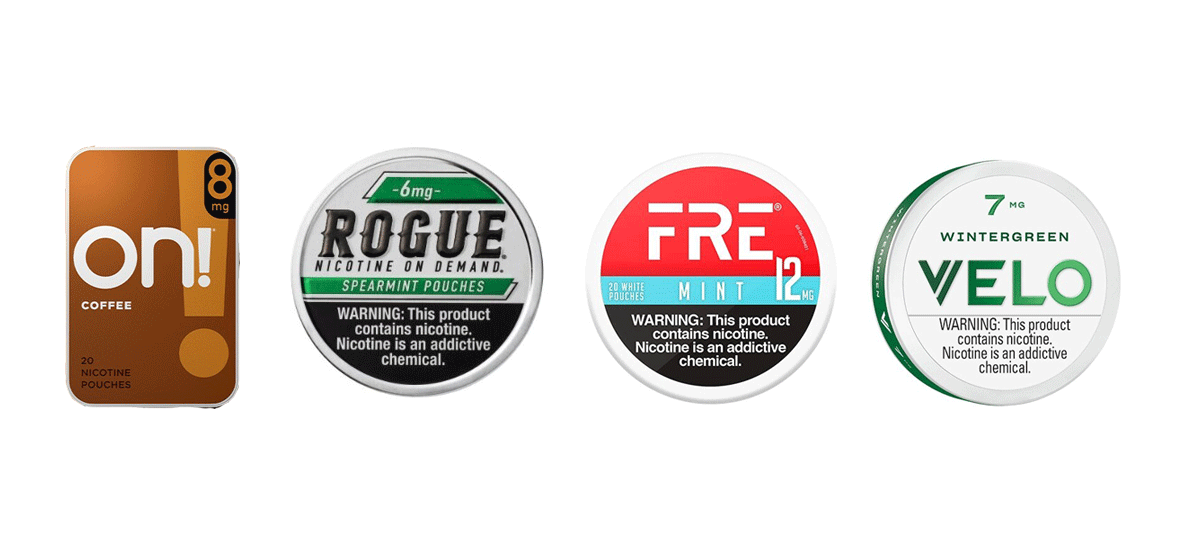Menu
The Nicotine Pouch Industry After ZYN’s Suspension of Online Sales in the U.S.
2024-09-13
After ZYN's suspension of online sales in the U.S., an In-Depth Analysis: Nicotine Pouch Industry Following ZYN

Since ZYN, one of the leading nicotine pouch brands, suspended their online sales in June 2024, the U.S. nicotine pouch market has undergone dramatic shifts and noticeable impacts can be felt across product availability, pricing and competition - we explore below the key consequences associated with their decision and consider its wider effects for this sector.
1. Backlash and Supply Chain Issues
After ZYN cut its online sales off abruptly through its official website, many of their customers found themselves without convenient means of purchasing their nicotine pouches - prompting an outpouring of complaints from those relying on this delivery channel as their go-to way for getting nicotine without smoking. Many expressed frustration over being denied their regular nicotine packs given ZYN had become such an integral component for many smokeless alternatives on the market.
As one example, the official suspension on online orders caused a sudden upsurge in demand at physical stores and third-party online retailers that weren't prepared for it; leading to widespread shortages across both platforms; customers found themselves paying increased prices; for example what once cost $5 shot up to $9 in certain retail locations (WGCU Public Media).


Price increases have put additional financial strain on consumers who remain loyal.
2. Rise in Third-Part Retailers and Black Market Emergence
With ZYN products becoming harder to come by, sales on third-party websites saw exponential increases - many selling out within days! Physical stores saw similarly unprecedented demand. Price spikes and scarcity followed suit. As consumers found ZYN difficult to obtain from some outlets, some turned to lesser known outlets that sold counterfeit versions manufactured in China that eventually caused issues over product safety and authenticity (WGCU Public Media).


3. The Rise of New Brands: Filling the Void
ZYN's absence was noticed by competitors; as its supply shortages created opportunities for others such as ON!, VELO, WHITE FOX PURE and KELLY to enter the market and cater to nicotine users left without their go-to product - differentiate themselves through innovative flavors or marketing strategies (WGCU Public Media).
Although ZYN focused heavily on minty flavors, many new brands shifted toward fruitier options like strawberry, mango and grape. Many of these brands originated from Europe or North America where smoking tobacco markets already were well established.
4. Global Interest and Investment Spree
Nicotine pouches have quickly gained in popularity globally since their debut, prompting significant global interest and investment from around the globe. Forums, industry conferences and expos dedicated to nicotine pouches have sprung up around the globe in different regions such as America, China, Europe Southeast Asia India. At these meetings investors and manufacturers invest significant resources into equipment development anticipating more demand growth for nicotine pouches.
5. An Incisive Future: More Brands and Unique Offerings
Over time, it seems likely that the nicotine pouch industry will become even more competitive. Now that ZYN has resolved their supply chain issues and other brands have established themselves within this niche industry, consumers will likely enjoy more choices among brands; each likely distinguishing themselves with unique flavors, nicotine strengths and product features, creating a market populated with many players instead of one company taking over completely.
As the industry expands quickly, it is crucial that brands prioritize consumer health and safety. Nicotine pouches have quickly become an alternative way of smoking; manufacturers therefore must ensure they contain safe ingredients which do not pose health risks to users. With more counterfeit products entering the market and new players entering it every year, regulation needs to catch up to protect consumers against unsafe or unverified products.
Conclusion
The nicotine pouch industry stands on a precipice of change, and ZYN's suspension in online sales has served as a catalyst. Though this disruption has inconvenienced consumers and led to price increases, it also opened the way for competition and innovation within this rapidly expanding sector. With each brand continuing its evolution and differentiating itself from others in order to stay ahead, growth opportunities await; but with such advancements comes responsibility within manufacturing practices that ensures consumer health remains their number-one concern.
Future nicotine pouch markets will likely feature diverse choices that cater to various tastes and preferences; innovation will likely result in safer products available to everyone.
